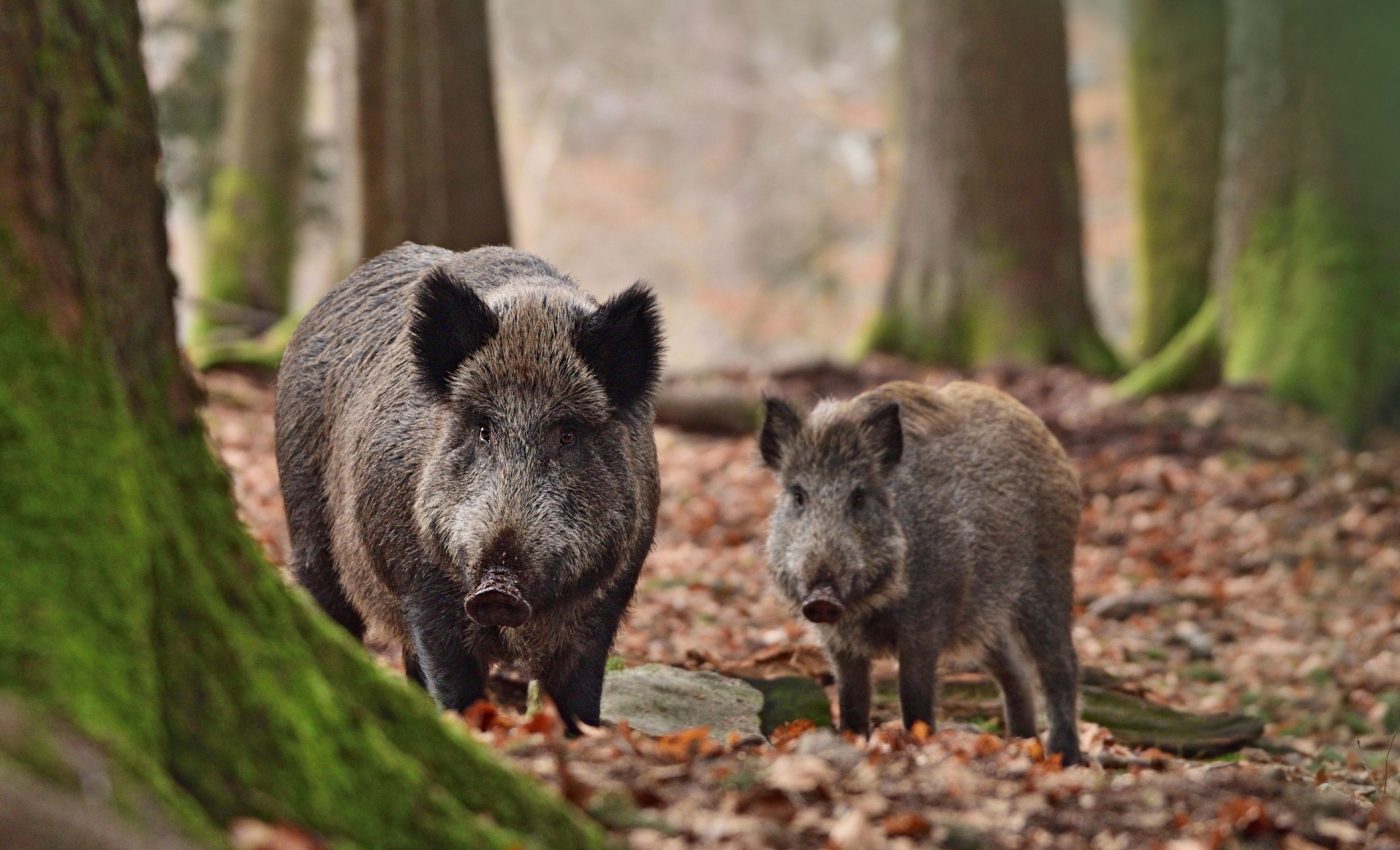
Biologists finally unravel the surprising story of how humans domesticated pigs
Pigs stand out among domestic animals for their intelligence, social behavior, and ability to adapt to various environments. But their historical journey from wild creatures to companions in early agricultural societies is just as compelling.
Across centuries, they have played vital roles in food systems, cultural traditions, and even scientific research. Their domestication marks not only a biological transformation but also a deepening relationship between humans and animals.
A new study, led by researchers from Dartmouth, offers fresh insight into that transformation. The findings trace the origins of pig domestication back nearly 8,000 years, placing the earliest known human-pig interactions in South China.
This discovery does more than date an evolutionary milestone. It adds depth to our understanding of how early agricultural communities shaped – and were shaped by – the animals around them.
Tracing the first domesticated pigs
For years, scholars believed China might be one of the centers where pigs were first domesticated. However, evidence remained scattered and incomplete. This new research bridges that gap.
The study shows that pigs living near humans began to eat leftover cooked food and scavenge waste during the early Neolithic period, around 8,000 years ago.
This was the time in which humans shifted from foraging to farming and made their earliest attempts at domestication. Among the species they tried to domesticate were wild boars – large, fierce creatures with big heads and strong teeth.
“While most wild boars are naturally aggressive, some are more friendly and less afraid of people, which are the ones that may live alongside humans,” explained lead author Jiajing Wang.
“Living with humans gave them easy access to food, so they no longer needed to maintain their robust physiques.”
As a consequence, their characteristics underwent changes. “Over time, their bodies became smaller, and their brains also became smaller by about one-third,” Wang said.
Pig teeth reveal early signs of domestication
Traditionally, archaeologists examine bones to detect domestication. But this method can miss early behavioral changes. “What probably came first were behavioral changes, like becoming less aggressive and more tolerant of humans,” noted Wang.
So the team used a different approach. They analyzed dental calculus – plaque buildup – on 32 pig teeth. These came from ancient sites in the Lower Yangtze River region: Jingtoushan and Kuahuqiao.
Waterlogged conditions helped preserve the organic material. Researchers recovered 240 starch granules from the plaque deposits. These showed that the pigs had eaten cooked rice, yams, an unknown tuber, acorns, and grasses.
“These are plants that were present in the environment at that time and were found in human settlements,” said Wang.
Pigs lived closely with humans
The researchers found another sign of pig-human intimacy: parasite eggs. Specifically, whipworm eggs. These eggs can grow inside human intestines. They showed up in 16 pig specimens and represent the earliest archaeological evidence of human whipworm in East Asia.
“Pigs are known for their habit of eating human waste, so that is additional evidence that these pigs were probably living with humans or having a very close relationship with them,” noted Wang.
Wang also added that pigs do not cook food for themselves, so were probably being fed scraps from human food, or possibly scavenging the scraps from waste sites.
Pig domestication and scavenging
The team also studied tooth sizes. Some pigs had teeth like today’s domestic pigs. This supports the idea that some were already under human care .
“Wild boars were probably attracted to human settlements as people started settling down and began growing their own food,” said Wang.
“These settlements created a large amount of waste, and that waste attracts scavengers for food, which in turn fosters selection mechanisms that favored animals willing to live alongside humans.”
This supports the “commensal pathway” theory – animals first came for food, not because humans wanted to tame them. But Wang’s team also saw signs of the “prey pathway,” where people began managing pigs directly.
Why this matters today
“Our study shows that some wild boars took the first step towards domestication by scavenging human waste,” concluded Wang.
This study also highlights a key issue: living close to animals can spread diseases. Parasite transfer likely began early in human settlements.
The research involved several scholars: Yiyi Tang, Yunfei Zheng, Leping Jiang, Guoping Sun, Xiaolin Ma, and Yanfeng Hou. Their work brings us closer to understanding the long, messy, and fascinating journey of pig domestication.
The study is published in the journal Proceedings of the National Academy of Sciences.
—–
Like what you read? Subscribe to our newsletter for engaging articles, exclusive content, and the latest updates.
Check us out on EarthSnap, a free app brought to you by Eric Ralls and Earth.com.
—–













